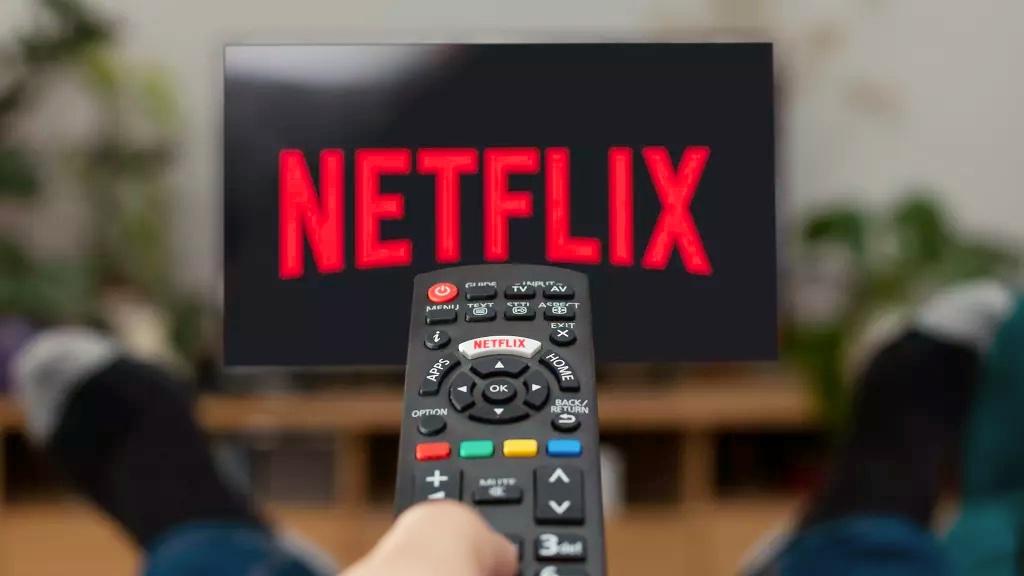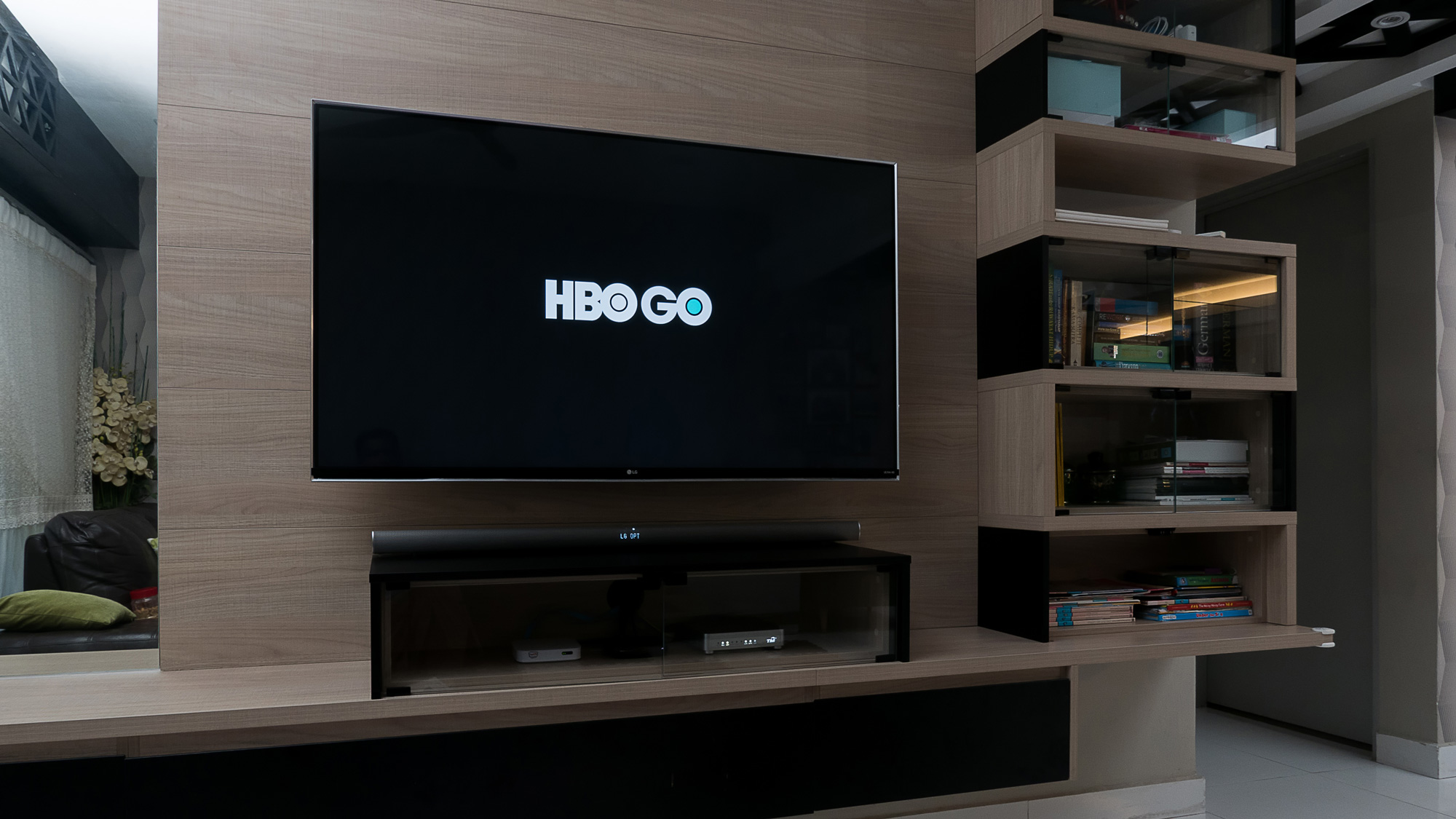I've tried almost every streaming service — and this one is unmatched
HBO Max has a better selection, interface and outlook than its competitors

At Tom’s Guide, we really like HBO Max. It’s currently ranked as our best streaming service overall, and new staffers are jumping on board every day. At the risk of taking the road more traveled, I also have to sing HBO Max’s praises. And that’s strange, considering that a few years ago, I thought that HBO had an impossibly messy and narrow approach to streaming.
The reasons why HBO Max succeeds where so many other streaming services flounder aren’t hard to parse. You can watch a huge variety of excellent shows and movies, and the interface puts as little distance as possible between you and your media. Of all the streaming services, only HBO Max seems to realize that, all other things being equal, viewers don’t have an affinity for platforms; they feel an affinity for the things they watch. Brand loyalty to a streaming service is about as logical as brand loyalty to a candy bar wrapper.
As some streaming services soar and others falter, it’s worth remembering that HBO Max is vulnerable to missteps, and its time on top may ultimately be short. But until then, it’s a wonderful case study in how a streaming service can get just about everything right.
Testing the competition

For a little background, I was the interim streaming editor on Tom’s Guide up until 2019. During that time, I saw the medium grow from “basically just Netflix” to the cornucopia of services that we see today. At best, I’m a moderate videophile; I’ll only watch a TV show or movie if it really, really grabs my interest. I don’t like background noise, or media that only requires half of your attention while you do chores or play video games. As such, my criteria for a good streaming service boil down to three things:
1) Is there anything good to watch?
2) How easy is it to watch these things?
3) Will anything get in the way when I try to watch?
Get instant access to breaking news, the hottest reviews, great deals and helpful tips.
When Netflix was the only game in town, the answer to all three was a resounding “yes.” Netflix had tons of hit movies, recent TV shows and even a burgeoning original library. The lightweight app ran well on just about every platform, from PCs and smartphones to video game consoles and streaming boxes.
I probably don’t need to tell you just how far Netflix has fallen since then. Finding good movies and TV is a total crapshoot. The noisy, bloated app constantly assaults you with trailers and halfhearted recommendations. The original programming went from “scalpel” to “shotgun,” and now anything goes — but only for two seasons, because anything past that doesn’t draw in new subscribers. I can’t imagine anyone today comparing streaming services from scratch, and then opting to pay for Netflix.
Hulu was the next big platform I tested, and it’s still the platform that frustrates me the most. That’s not because it’s bad — it’s probably my favorite service after HBO Max — but because it has the potential to be so much better. Focusing on recent fare and comfort food favorites, the TV library in Hulu is unmatched, and the movie library is surprisingly robust. But Hulu pioneered the “pay for streaming, but still watch ads” system, and it’s still one of the greediest monetization models I can think of. It wasn’t OK when cable TV did it, and it’s not OK now.
Brand loyalty to a streaming service is about as logical as brand loyalty to a candy bar wrapper.
I always thought that Amazon Prime Video felt more like a side benefit of Amazon Prime than a streaming service in its own right. The last few years have borne me out on that one. While Amazon went hard with original programming at first, it’s been pretty quiet recently, with only 15 English-language series still in production out of more than 100 attempts. Like Netflix, the licensed content feels scattershot — although I’ll grant that there are a few hidden gems on IMDB TV, which you can access through Prime Video.
Of all the streaming services currently available, I can’t think of a bigger disappointment than Paramount Plus. This program launched as a vessel for Star Trek: Discovery, which started off strong and heralded Star Trek’s return to the small screen after a decade away. But the new Trek shows have been steadily falling off a cliff (except for Star Trek: Prodigy; that one’s OK), while other original content, such as 1883, has also fallen flat. Paramount Plus has a much narrower library than its competitors, which doesn’t square up with its high price and frequent commercials.
That brings us to Disney Plus, which is simultaneously the most cynical and least interesting service you can find. The constant deluge of Marvel and Star Wars content is positively exhausting, and not even nostalgic favorites such as The Simpsons can completely make up for it. Everything on Disney Plus feels chronically risk-averse, as though Disney were absolutely terrified that someone, somewhere might encounter a new idea and never recover from it. If you have kids, I guess this one is hard to avoid, though.
There are other services, such as Apple Plus and Peacock, with which I don’t have much experience. I’m sure they have their ups and downs. There are also cable replacements, such as Sling TV and YouTube TV, which fulfill somewhat different functions than the on-demand programs. But so far, nothing has caught my interest like HBO Max has.
Learning from mistakes

Truthfully, I didn’t expect much out of HBO Max. That’s because back in the day, HBO was actually one of the weaker streaming services. It started out as HBO Go: a confusing app that let you watch a handful of on-demand programs if, and only if, you subscribed to HBO via your cable provider. The company later added HBO Now, which provided some à la carte options, but trying to navigate between the two services was frustrating, and neither one worked particularly well. They were essentially just delivery methods for Game of Thrones, and that became irrelevant when the fan base turned against the show.
However, when those two apps went dark and the service relaunched as HBO Max, everything changed. Suddenly, the program had a bright, colorful interface, and a content library that went well beyond prestige TV. HBO Max also draws content from Warner Bros, which gives it a surprisingly robust list of TV shows. You can watch Game of Thrones, yes, but you can also watch Friends, South Park, Doctor Who, Sesame Street, Rick and Morty and Harley Quinn. (Harley Quinn is one of the best superhero shows I have seen in years, but I digress.)
Even so, the TV selection arguably plays second fiddle to HBO Max’s selection of movies. HBO initially made its bones as the best place to watch high-end movies on cable TV, and HBO Max continues that tradition. At the time of writing, you can watch everything from 2001: A Space Odyssey, to The Seven Samurai, to The Shawshank Redemption, to The Truman Show, to Memento, to No Country for Old Men, to The Dark Knight and beyond. These are not movies you’ll settle for because there’s nothing better; these are movies you’ll actually want to watch.
Likewise, there are no ads, no auto-playing trailers and no confusing menus to slog through. HBO Max knows that its greatest strength is its library, and connects viewers with what they want to see as quickly as possible.
The only real downside is that HBO Max is pretty darn expensive, at $15 per month. But if you’re going to subscribe to only one service, you could make a convincing case for this one.
In any case, HBO Max has not radically shifted my TV- and movie-watching habits. I still like playing video games and reading more than I like passive entertainment. But when I do want to watch something, it’s good to know that there’s a service where worthwhile content is the rule rather than the exception.

Marshall Honorof was a senior editor for Tom's Guide, overseeing the site's coverage of gaming hardware and software. He comes from a science writing background, having studied paleomammalogy, biological anthropology, and the history of science and technology. After hours, you can find him practicing taekwondo or doing deep dives on classic sci-fi.
